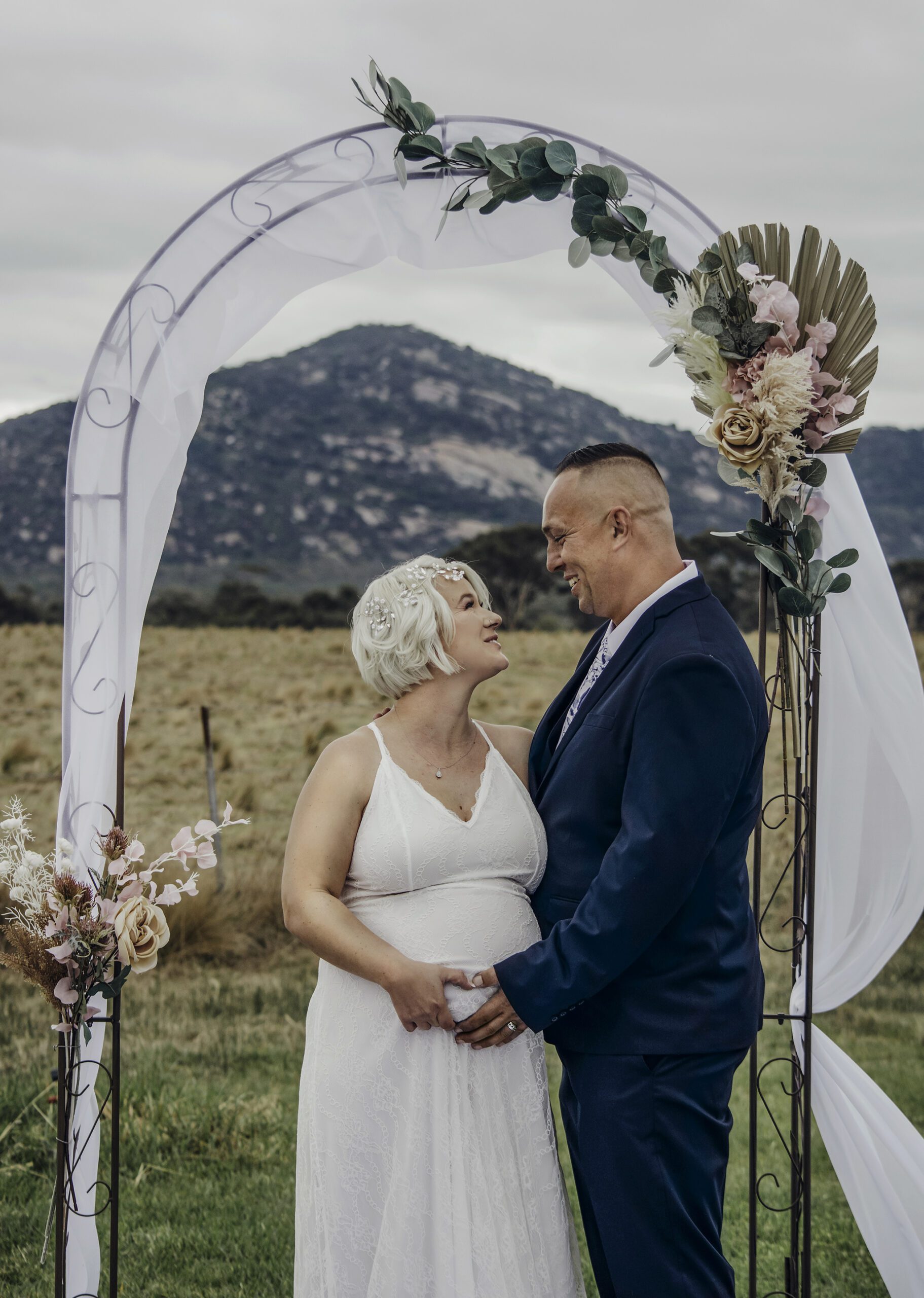Introduction to Photography Portfolios
A photography portfolio serves as a visual resume, encapsulating the essence of a photographer’s skill, style, and creativity. Its importance lies in its capacity to showcase competence, professionalism, and creativity to potential clients or employers. A well-crafted portfolio is indispensable whether an aspiring enthusiast or an established professional.
Critical Elements of a Standout Photography Portfolio
Visual Storytelling through Images
Images are not merely photographs; they are stories frozen in time. A compelling portfolio conveys a narrative, capturing emotions, moments, and experiences. Each image should resonate, engage, and leave an indelible impression on the viewer.
Consistency in Style and Theme
A coherent and consistent style across the portfolio establishes an artistic identity. Consistency doesn’t imply monotony; instead, it showcases versatility within a defined aesthetic. This coherence helps in brand recognition and leaves a lasting impact.
Variety and Diversity in Showcased Work
While consistency is vital, diversity breathes life into a portfolio. Showcasing versatility in subject matter, techniques, and genres exhibits adaptability and skill. It broadens the audience appeal and demonstrates proficiency across different photography genres.
Steps to Creating a Photography Portfolio
Selecting the Best Photographs
Curating a portfolio involves a critical selection process. It’s about showcasing the best work while ensuring coherence. Quality outweighs quantity; each image must contribute meaningfully to the overall narrative.
Organising and Structuring the Portfolio
A meticulously arranged portfolio facilitates easy navigation and comprehension. Categorising work arranging thematically or chronologically helps create a cohesive flow, guiding the viewer through the photographer’s journey.
Utilising Online Platforms or Websites
In today’s digital landscape, an online presence is indispensable. Utilising platforms or contacting a website developer offers control over presentation, customization, and accessibility, amplifying reach and visibility.
Optimising Your Photography Portfolio for SEO
Understanding SEO for Photographers
SEO isn’t limited to text-based content. For photographers, it involves optimising images, meta descriptions, and website structure to enhance visibility on search engines.
Keyword Research for Photography Portfolios
Identifying relevant keywords specific to the portfolio’s niche helps rank higher in search results. Targeting phrases like “photography portfolio” can attract the right audience.
On-Page SEO Tactics for Portfolio Websites
Implementing on-page SEO strategies like meta tags, alt text for images, and descriptive titles aids search engine crawlers in understanding and ranking the content accurately.
Showcasing Your Personality Through Your Portfolio
Adding a Personal Touch to the Portfolio
Infusing personal experiences, anecdotes, or insights behind the photographs humanises the portfolio. It establishes a connection beyond the visual appeal.
Building a Narrative Around Your Work
Telling stories through images creates an emotional bond with the audience. Explaining the context or inspiration behind each image adds depth and engages the viewers deeper.
Connecting with the Audience Emotionally
An impactful portfolio evokes emotions. Whether it’s joy, nostalgia, or curiosity, triggering emotions creates a lasting impression.
Mobile-Friendly and Responsive Portfolios
Importance of Mobile Optimization
In a mobile-centric world, ensuring that the portfolio is mobile-friendly is crucial. Responsive designs enhance accessibility and user experience across devices.
Ensuring Responsiveness Across Devices
Adapting the portfolio layout and design to different screen sizes and resolutions guarantees a seamless viewing experience, irrespective of the device used.
User Experience Considerations
Prioritising user experience by optimising loading speeds, intuitive navigation, and clear presentation enhances engagement and reduces bounce rates.
Promoting and Marketing Your Photography Portfolio
Leveraging Social Media for Portfolio Promotion
Social media platforms are powerful instruments for gaining exposure. Sharing work, engaging with the audience, and collaborating with fellow artists amplifies reach.
Collaborating with Other Artists or Brands
Collaborations foster creativity, expand networks, and expose the portfolio to diverse audiences, potentially opening new avenues for projects or clients.
Networking and Reaching Out to Potential Clients
Actively networking, participating in industry events, and reaching out to potential clients or agencies expands opportunities and creates professional relationships.
Crafting an impressive photography portfolio goes beyond showcasing images; it’s about storytelling, connection, and strategic presentation. By implementing these steps and understanding the nuances of optimization and promotion, a photography portfolio becomes a powerful tool for a photographer’s success.
